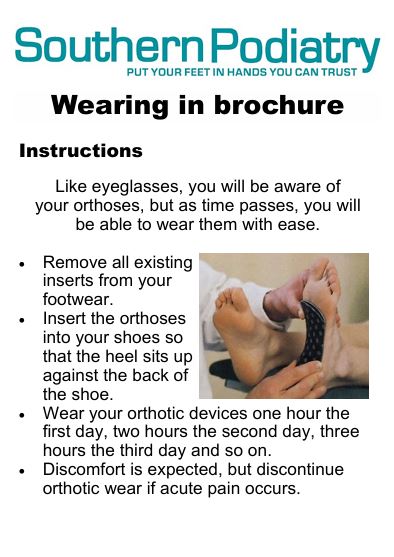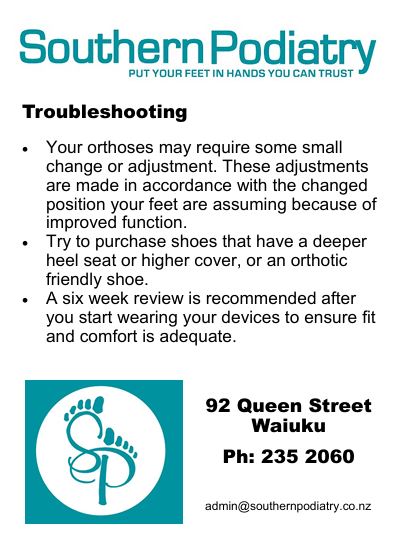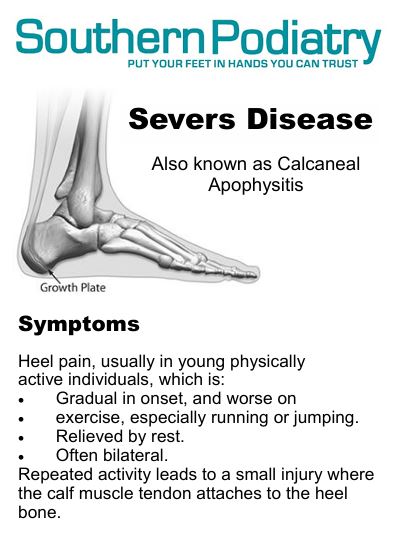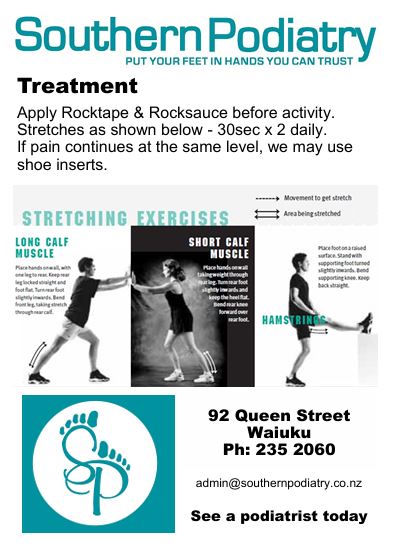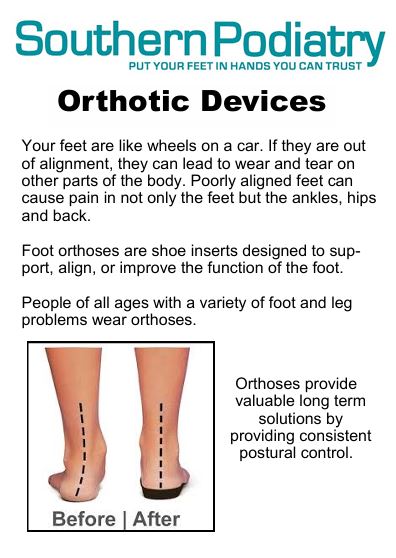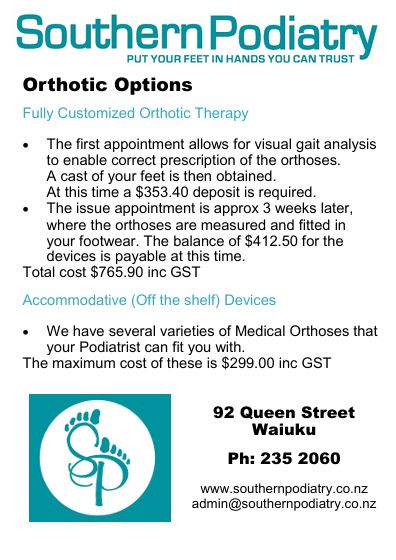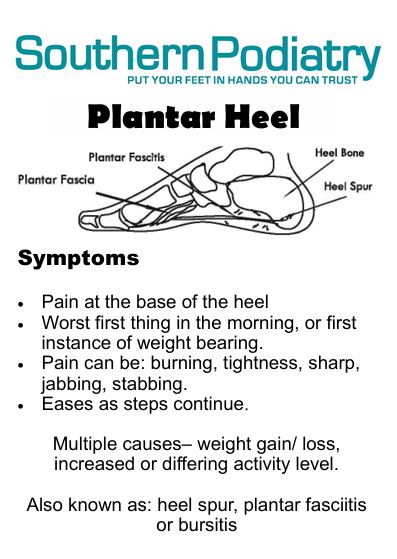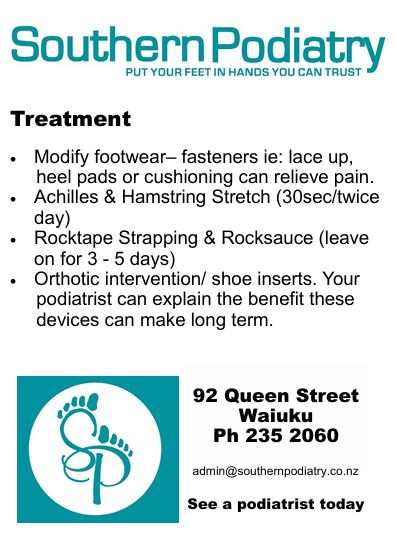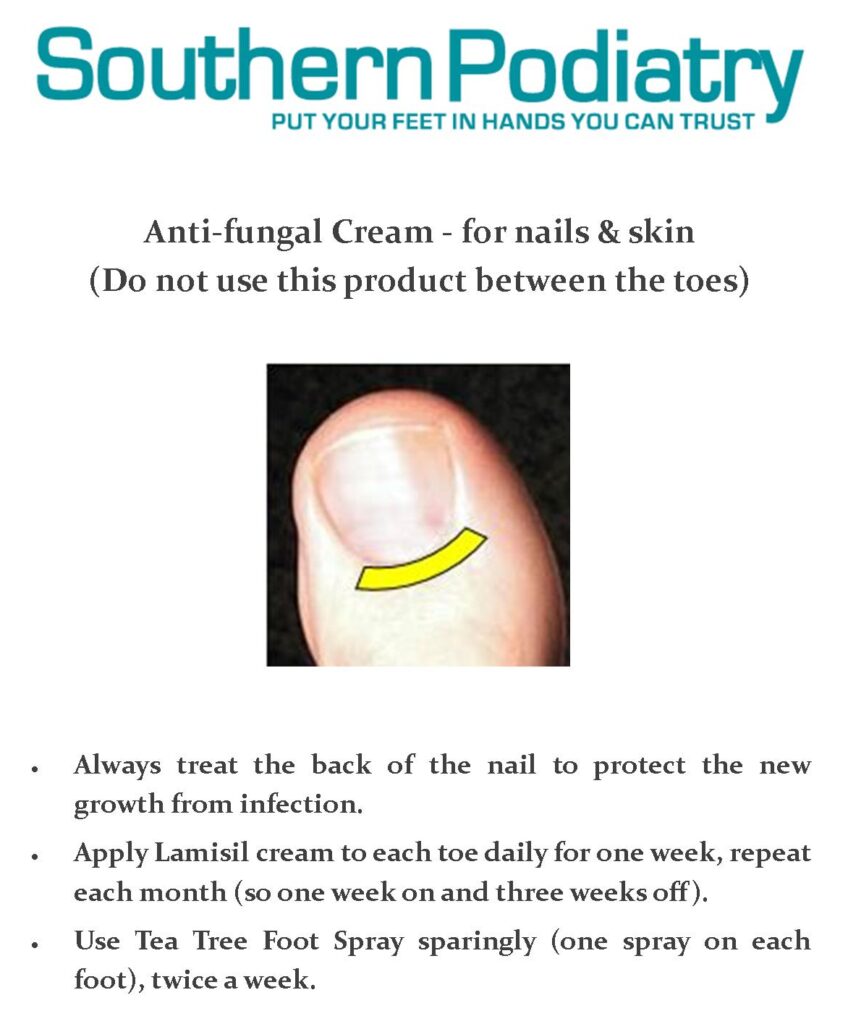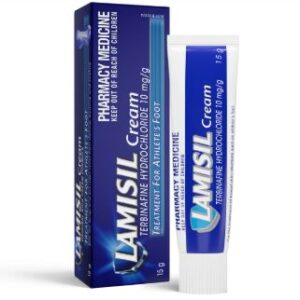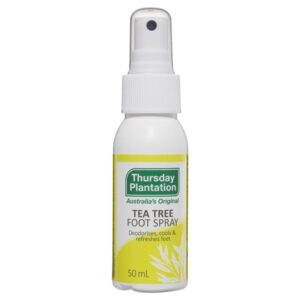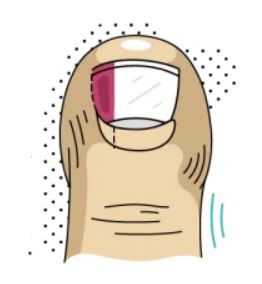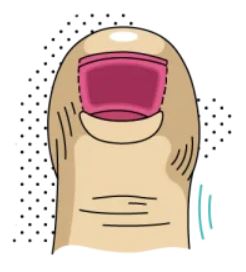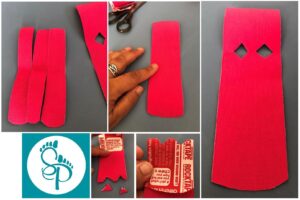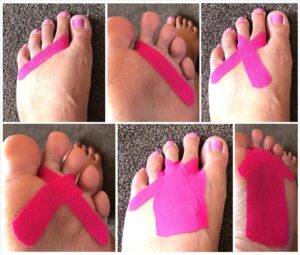Partial Nail Avulsion
PNA surgery permanently removes the side of the nail that is causing damage to the skin. It is a quick & routine procedure, normally used in simple cases of ingrown toenails that can’t be resolved with conservative treatments. It’s also preferred as the majority of the nail can be left attached.
Benefits
- A quick procedure – just 45 to 60 minutes
- A normal-looking nail is left after healing
- 98 per cent success rate
- Fixes the issue permanently
- A quick recovery time
Total Nail Avulsion
TNA surgery permanently removes the entire nail, normally carried out only when a severely damaged or thickened toenail causes recurring problems that the more simple PNA surgery will not fix. This is not the preferred treatment, but in rare cases it can be necessary to avoid future problems.
Benefits
- A permanent solution for the nail
- Won’t grow back
- 98 per cent success rate
- A quick procedure – just 45 to 60 minutes
- Rapid recovery rates
We are very excited to announce that we are on the move. Commencing on Thursday 2nd February, we relocate from 12 Bowen St to 92 Queen St, Waiuku. We are still operating in our old location in the meantime, and for those clients with appointments from 7th February onwards, we will see you in the new clinic.
The premises have a history of being the Waiuku Medical Centre, so we will feel right at home in them. New signage is going up as we write this, so expect to see our notices and logo from a different perspective.
Taping is something that gets easier the more you practice.
We have created a quick guide here for your reference. It is not a definitive guide, more of a recommendation to support a product that we absolutely love using.
Plantar Plate Taping- How to cut guide.
Plantar Plate Taping- How to apply guide.
The resources available on YouTube for Rocktape are also worth checking out.
Have fun, be creative and keep on moving.
They are pesky little things aren’t they? If you have ever wondered what they are and how to treat them, then here is some information for you.
Verruca or verrucae are a viral wart caused by an infection with human papillomavirus (HPV). A wart is very prominent and sticks out, whereas a verruca tends to become depressed into the foot as it is on a weight bearing surface.
A verruca tends to have a rough feel on the surface of the skin, may have an irregular shape and may have pinpoint blood vessels throughout the lesion. There are many different categories of verruca- some are a single lesion, others may be in a group. We have included the DermNetNZ link for more information for you. https://dermnetnz.org/topics/viral-wart
When treating verruca, we need to activate the immune response. There are several methods that the Podiatrist will discuss with you.
Spirularin Verrucae Serum is our most gentle approach and works extremely well for children and pregnant women. You can locate more information about this product here. 
Another option is the Falknor’s Needling Method. It is a surgical method and the needling technique works by stimulating the body’s immune system to clear the infected viral cells. Because the virus is confined to the top layer of the skin (epidermis), the bodies immune system may not have detected it. We try to push the virus material further into the skin to generate an inflammatory response and kickstart your immune system. The method uses a very thin needle to repeatedly puncture the wart. Over the following week, the plantar wart undergoes a natural deterioration before ultimately disappearing.
The benefits of dry needling include:
- Only one session usually required, unlike cryotherapy, silver nitrate or salicylic acid which requires multiple visits
- It is performed using local anaesthetic
- The procedure is completed simply in-clinic
- No need to take any additional time off work/school
- We monitor your progress to ensure good healing
- The reported success rates of dry needling are around 70%, compared to standard cryotherapy which is around 15%
As stated above, Local Anaesthetic will be administered to numb the region. Please discuss with your podiatrist if you wish to consider this option.
You may have been aware, or it might be news for you, but Southern Podiatry hosts AUT Podiatry students every year. It is a privilege to be involved in the development of our future professionals. And we have to say- “We love it”.

This year, we had the company of the lovely Meagan join our team for her placement. In previous years, we have had: Jess, Siona, Siliva, Ken, Sharon, Sarah- well- just to name a few.
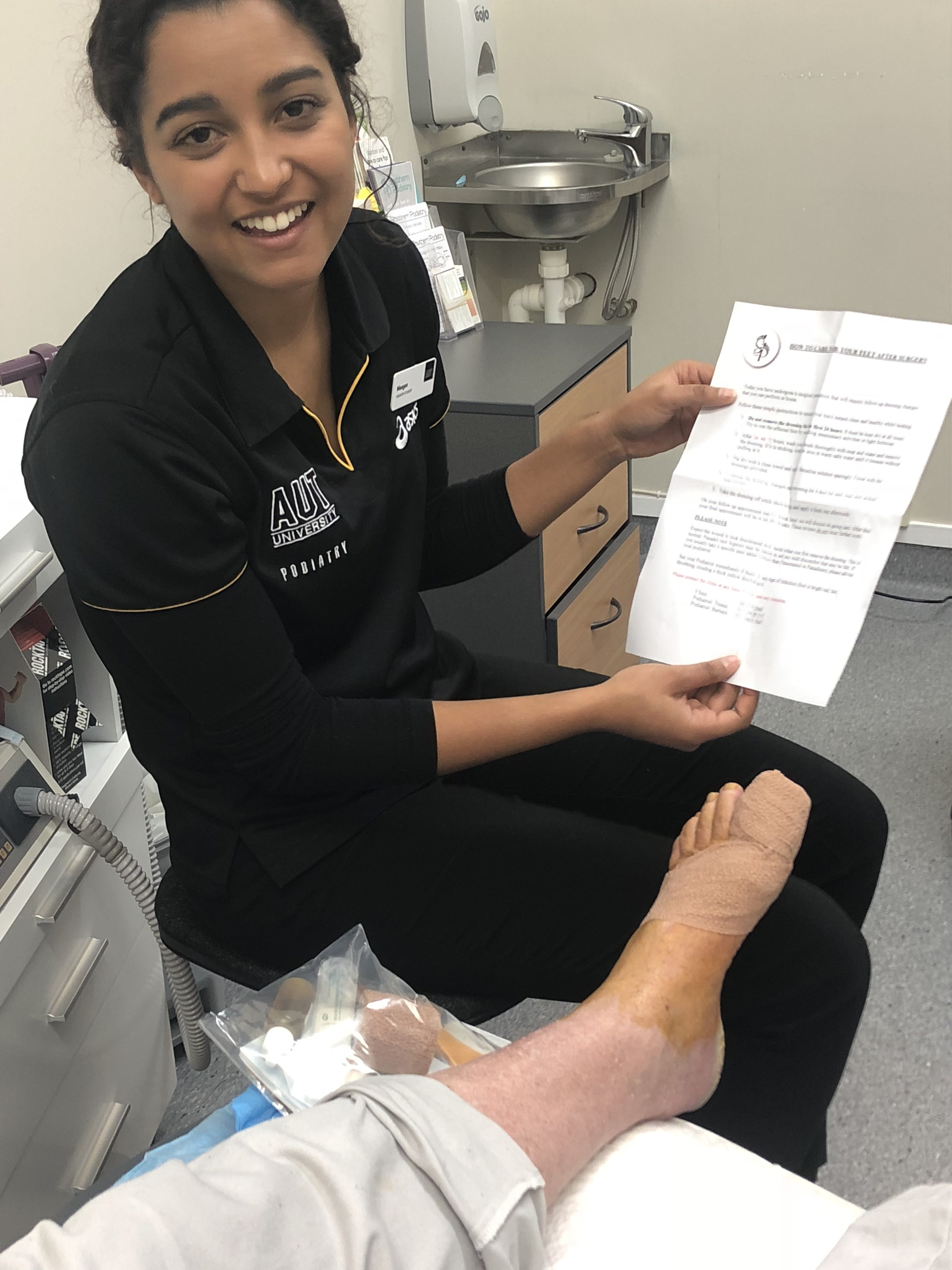
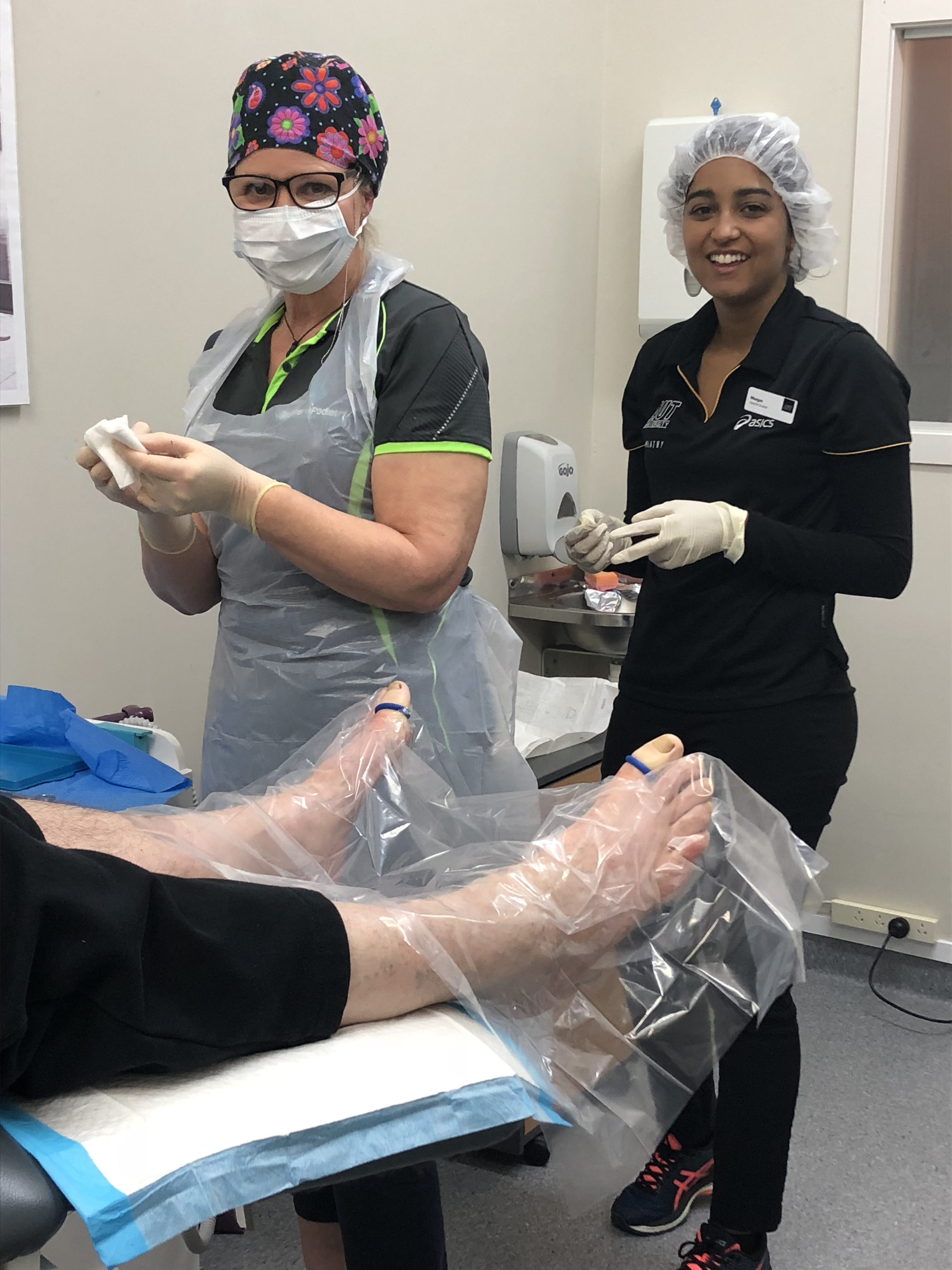 And each time we host a student, we are grateful for our wonderful clients- yes- you- for letting them participate in your foot care. And special mention goes to those that consented to the student assisting with their surgeries. Without willing participants, our students wouldn’t have the absolute immersion experience that we thrust them into.
And each time we host a student, we are grateful for our wonderful clients- yes- you- for letting them participate in your foot care. And special mention goes to those that consented to the student assisting with their surgeries. Without willing participants, our students wouldn’t have the absolute immersion experience that we thrust them into.
So, “THANK YOU” to our Students- past and present, our clients, and all those willing to continue to build on another’s learning pathway.

